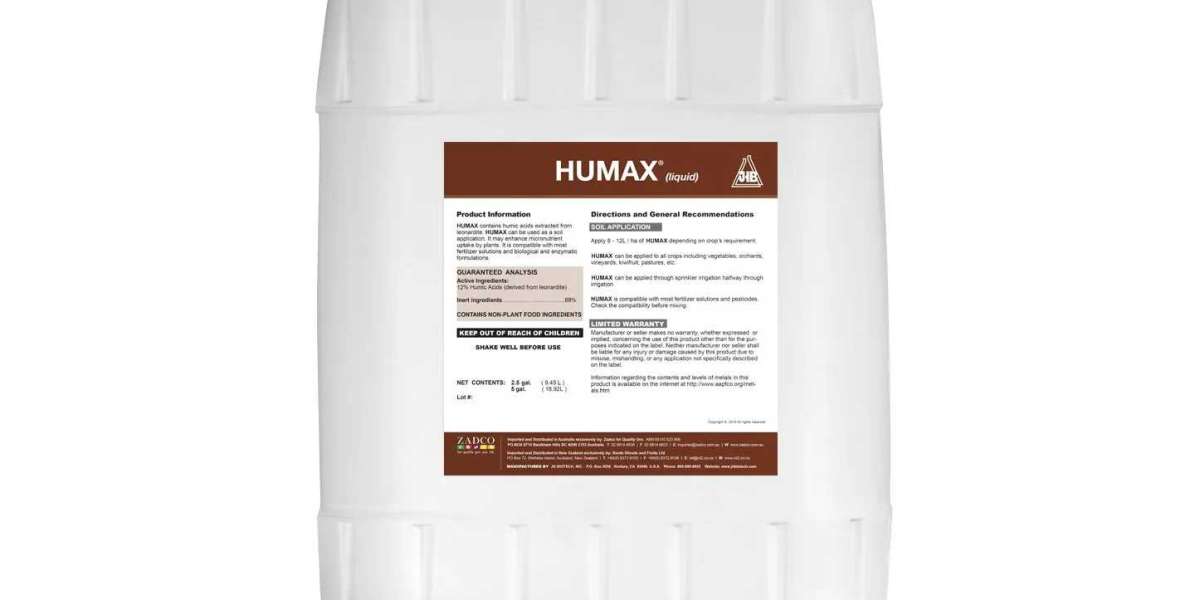Whether you are looking to increase your crop yields or improve the health of your soil, humics acid is a great option to consider. Especially in soils with low organic matter content, this soil amendment can make a significant impact on plant growth. It also improves soil health by increasing microbial activity, reducing toxicity and improving water holding capacity.
Humics acid is an organic fulvic acid with high cation-exchange capacity, which means it helps the soil to retain and distribute water and nutrients. It also chelates micronutrients, thereby improving nutrient uptake. The humic molecules also boost plant health by making the cell walls stronger and more tolerant of pests. It also improves the soil's structure, preventing water loss from compacted soils.
Humics acid can be used to improve the health of any type of soil. It works best in clay soils, but it also has benefits for sandy soils. For example, it increases the water holding capacity of clay soils and helps to maintain healthy root growth in high clay soils. It is also a chelator of heavy metals, making them less harmful to plants. It also improves the soil's microbiome, which is important for plant health.
Soil health and microbial activity are crucial to achieving maximum crop yields. In order to optimize nutrient availability, growers need to know how humics and other functional carbons can improve soil health. These nutrient-enhancing compounds are produced by the microbes living in the soil.
Unlike chemical fertilizers, humics acid has no negative impact on the structure of the soil. But its impact is important, as it helps the soil retain water and nutrients. In addition to that, it also binds micronutrients, thereby improving plant uptake.
The use of humics is a more sustainable approach to fertilization. Humic acid reduces the use of fertilizers by up to 30% and increases the nutrient uptake of plants, thus enhancing their growth and enhancing the quality of their fruit. It also increases the rate of formation in the root system, resulting in increased yields. It also helps to reduce water wastage, which reduces drought stress on plants.
Several factors determine the quality of humic acid, including the type of source material, the age of the source material and the amount of oxygen and heat in the soil. The highest quality humic materials are produced from natural sources. Depending on the source material, humics acid can vary in concentration. However, the average properties of lab-produced humic substances from different sources are remarkably similar.
There are three main types of humic compounds. These are humic acid, fulvic acid, and humin. They have different biological activities, but they are all important in the soil. It is important to remember that the oldest natural humic substances have the highest quality.
It is important to understand how the functions of humics acid, fulvic acid and humin affect the health of the soil. It is also important to understand the impact of these substances on plants. A well-developed root system can prevent pesticides from mixing with ground water. It also helps to make sure that nitrates do not enter the soil.








